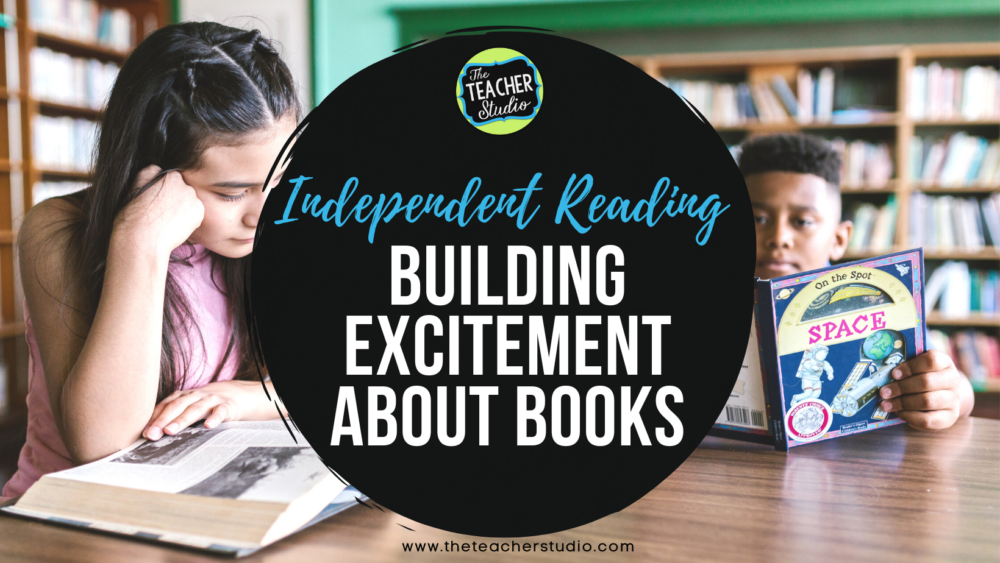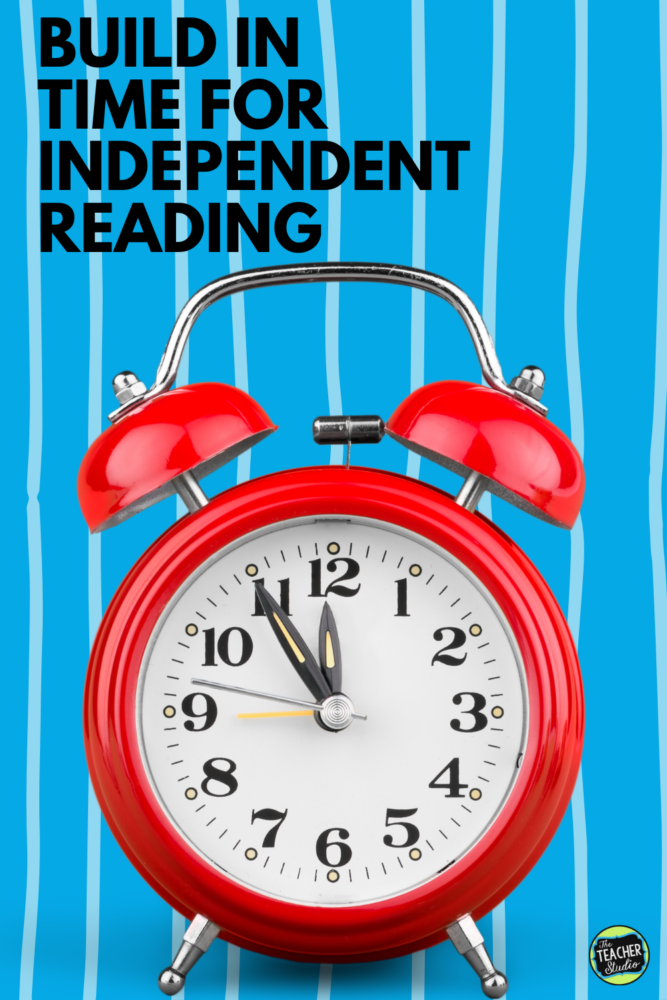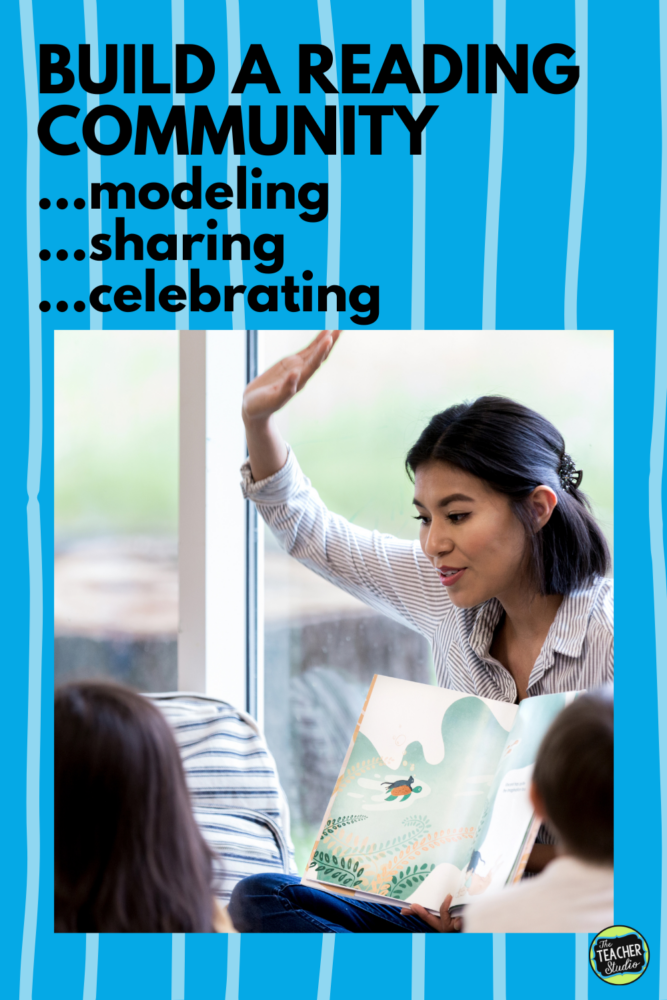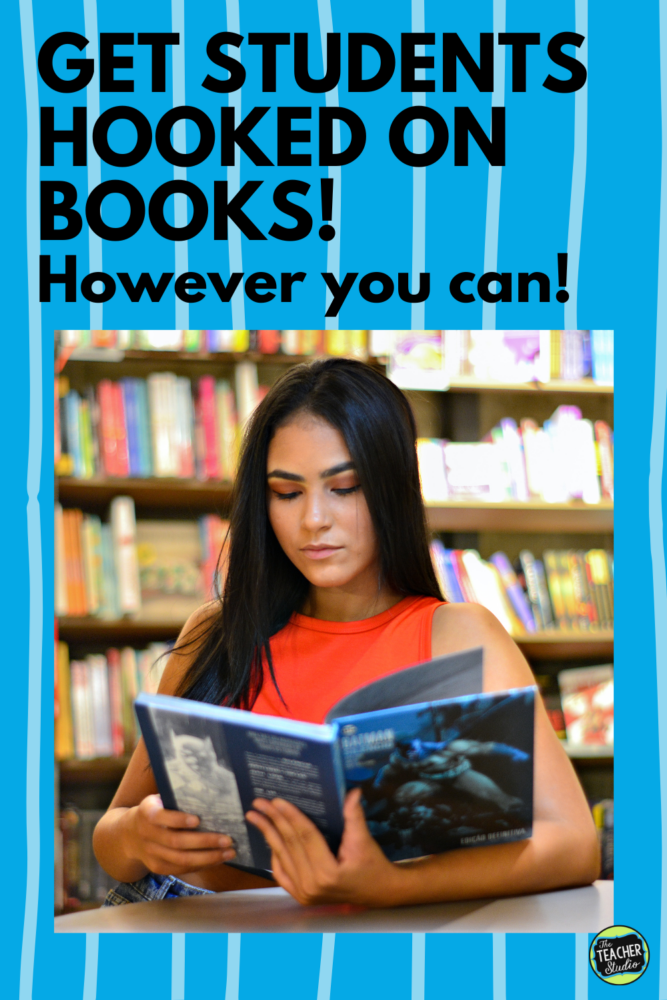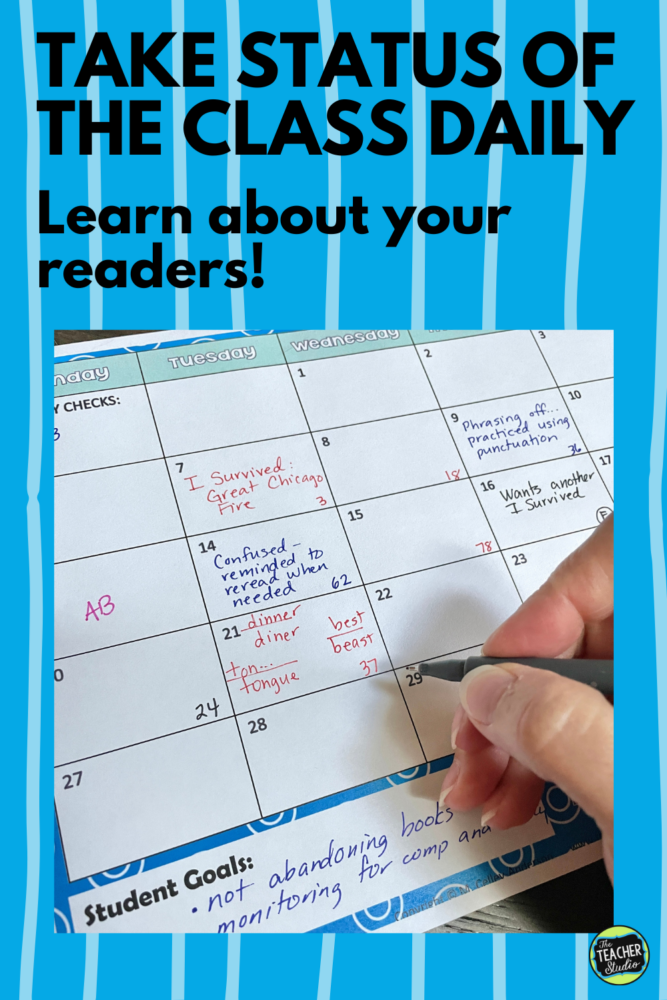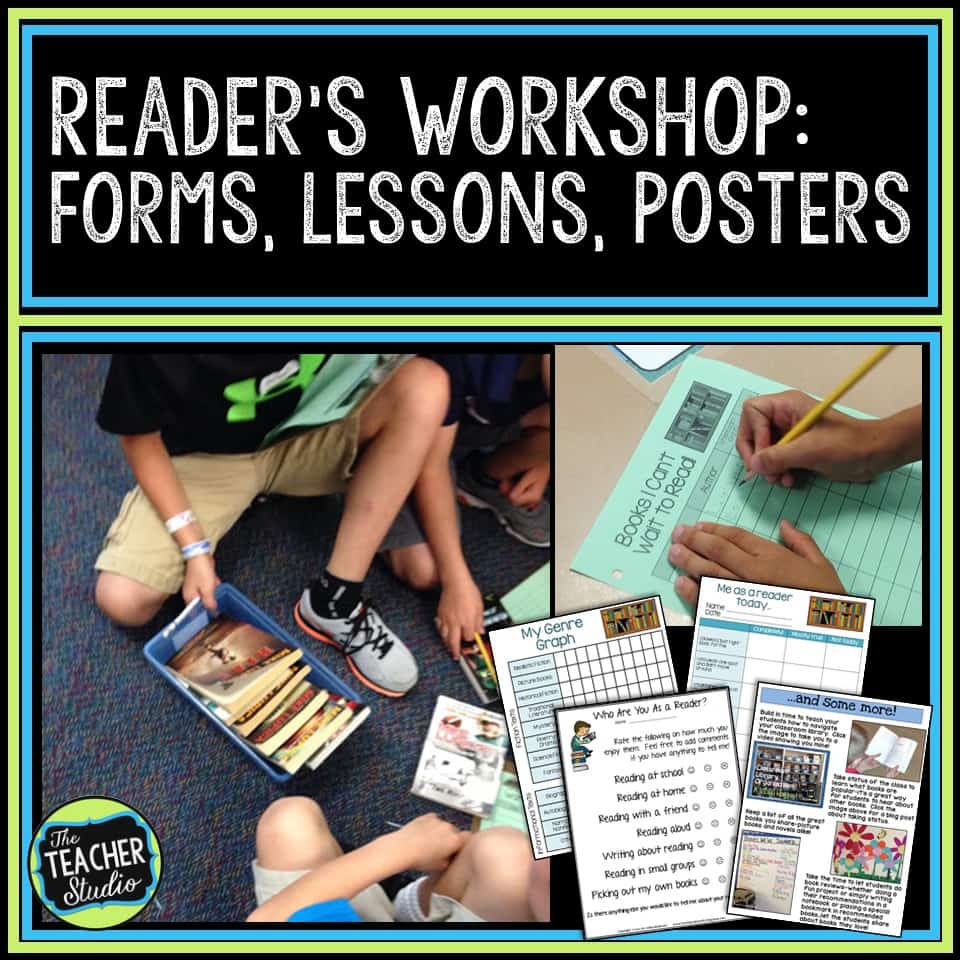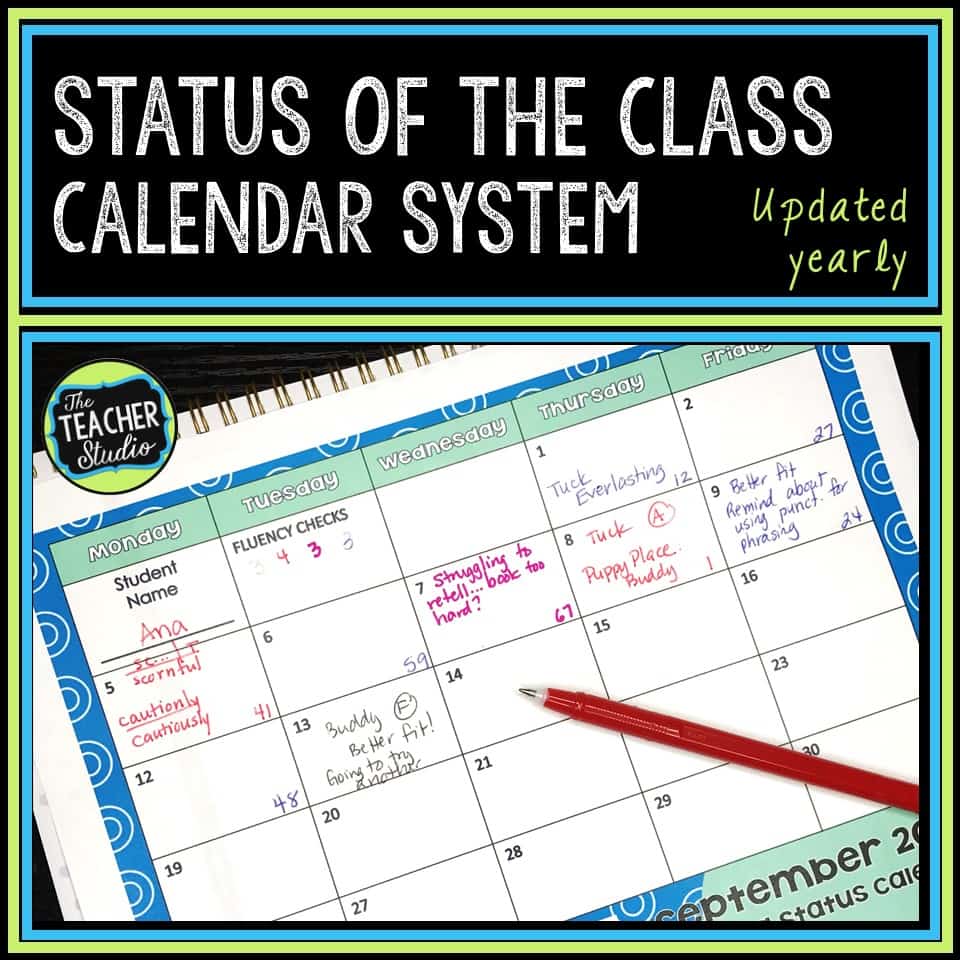I highly doubt there are many teachers out there who debate the value of independent reading for elementary students. The NCTE has created a statement on independent reading that states the following:
Independent reading leads to an increased volume of reading. The more one reads, the better one reads. The more one reads, the more knowledge of words and language one acquires. (See where this is going?) The more one reads, the more fluent one becomes as a reader. The more one reads, the easier it becomes to sustain the mental effort necessary to comprehend complex texts. And the more one reads, the more one learns about the people and happenings of our world. This increased volume of reading is essential (Allington, 2014).
Why is independent reading important?
There are many reasons why independent reading is important. First, it allows students to practice their reading skills. When students read on their own, they have the opportunity to work on their fluency, comprehension, and vocabulary. Second, independent reading allows students to explore their own interests. When students are allowed to choose their own books, they are more likely to be engaged in the reading process. Third, independent reading can help students develop a love of reading. When students enjoy reading, they are more likely to read for pleasure, which can have a positive impact on their academic achievement.
Finding the time
Unfortunately, many teachers are hard-pressed to find time in their schedule to give students time to read “just right”, self-selected books. Although simply reading on one’s own is NOT sufficient to become a better reader, we absolutely must find ways to nurture a love of reading along with our decoding, vocabulary, comprehension, and other literacy lessons. After all, we want students to recognize that reading is a fun, life-long activity–not just a “school requirement”.
Tips for engaging readers in independent reading
There are many things that teachers can do to help engage readers in independent reading. Here are a few tips:
Make reading accessible and inviting.
Make sure that there are plenty of books available for students to choose from, and that the books are displayed in a way that is inviting. Think about how your classroom library is organized and presented. Books should be easy to find and easy to return. Check out this blog post about how my classroom library is organized!
Provide a variety of books and other reading materials.
Offer a variety of genres, levels, and interests to appeal to all students. This means that we have everything from poetry to magazines. We need books that reach all students–no matter their gender, race, background, hobbies, or skills. It’s a great idea to do a classroom library “check in” yearly to see if you are missing anything. As my school’s population has grown more diverse, I have worked to make my library reflective of that.
Similarly, if you find you have some reluctant readers, ask THEM what types of books they might like. It can help you find gaps in your collection! This is why I started adding dragon books to my collection (NOT a personal fave!)… because a reluctant reader loved dragons. You know what happened next in THAT story!
Encourage students to choose books that interest them.
Let students know that they are free to choose any book that they want to read. That’s right- don’t let grade level bands, lexiles, or guided reading levels dictate what a student can read. How do you know if it’s a good fit? Take status of the class DAILY, confer with students, and keep your finger on the pulse of what they are reading. More about this in a bit.
Set aside time for independent reading.
Schedule regular times for students to read independently. I know our schedules are tight. However, we can’t use this as an excuse. Find ways to get students reading. It does NOT mean your entire class has to be reading at the same time! Can some of your students read while you pull small groups? Also, would it be possible to work reading time into other subjects? Even a math workshop approach could find time for reading as one rotation! Added benefit? The students need no supervision, the room is far more quiet, and you can remain more focused on your math lessons.
What about those little transition times? I work hard to teach my students to move quickly between activities, freeing up a great deal of time during the day. Similarly, I teach students how to be ready with their reading materials right away so that the time we have for independent reading is focused and effective. In my room, I guarantee a minimum of thirty minutes of independent reading. It takes that long for students to get into the reading “zone” and get into their book enough to want to pick it up again the next time.
Model the importance of reading.
Make sure that you are seen reading yourself, and talk about the books that you are reading. This means talking about new books you get for your classroom, finding quality read alouds to share with the class, and discussing books you read as an adult. Don’t forget to find real world examples! Just the other day I showed a confusing website I went to and we talked about how the writer could have organized the information in a way that was easier to read. Students LOVE to see things like this!
Talk about books with students and build a reading community.
Ask students about the books that they are reading, and share your own thoughts and ideas about books. Similarly, encourage students to talk about books with each other, and to share their favorite books with the class. Here are a few of my favorite ideas!
- Do book talks about any new books you get for your library. Build excitement by keeping a list of “who is next?” to read the book, and remind the first student who gets the book to stay focused since others are waiting for it!
- Read the first book of a series and watch how many students get hooked!
- Next, have students do occasional book talks or projects about books to build excitement. Here is one example!
- Let students “Buddy Read” books at times–especially if they are reluctant readers. This is VERY powerful.
- Set up challenges with your class. This year we did a ton. We had an Andrew Clements challenge. An “I Survived” challenge. We did a historical fiction challenge. All of the challenges you pick should be accessible to all your students if they so choose to get involved. This is truly one of my students’ favorite things to do–and it really builds our culture as a place where reading happens.
Most importantly
Finally, be involved in what your students read. Help them pick out books. Take status of the class DAILY. Be ready to confer with them about what they are reading. As you ask them each day what book they are reading and what page they are on, it’s the perfect time to have a mini-conference!
“I noticed you only read 7 pages yesterday. What do you think is going on?”
“You read that book in only two days! I wonder if you might want to try something more challenging!”
“You finished the first book in that series. Do you think you’ll read more of them?”
“If you liked that book, you might also like…”
“Can you read a little bit of your book to me today since this is a new book?”
Now, some teachers track this reading on a class list. I have a pretty easy system that I just love–it involves a calendar, some anecdotal notes, and a collection of TONS of information that I can use to guide my instruction and even grade students. Here is a blog post that explains it all!
Next Steps for Independent Reading
Remember, independent reading is a valuable way for students to develop their reading skills and love of reading. The more they read, the more they grow as readers. It’s that simple. Want to check out a few more posts? Here’s a post with some back-to-school reading lessons.
Need some help with independent reading? Check out my independent reading toolkit.
Want to use my reading calendar system? Here you go!

